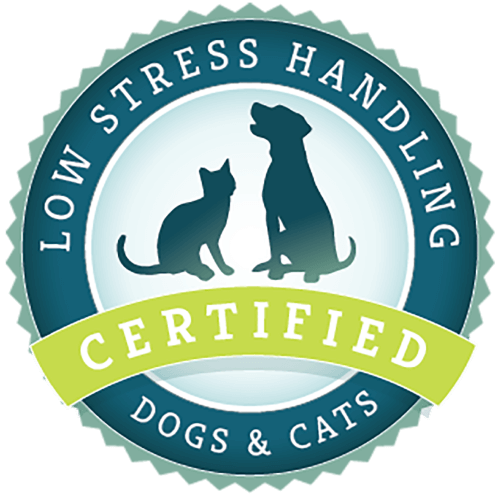What article are you looking for?
Category: I am a Pet Owner
Press Release 2022
CattleDog Publishing, VIN and the VIN Foundation Partner to Honor Dr. Sophia Yin’s Legacy The Low Stress Handling® Movement: How Sophia and Her CattleDog Started It All! Davis, CA: As the 8th anniversary of Dr. Sophia Yin’s death approaches, CattleDog Publishing, Veterinary Information Network, and the VIN Foundation, honor her memory by highlighting her life achievements and contributions. Her Read More
What Is Cooperative Care in Veterinary Medicine?
Animal behavior is a crucial aspect of veterinary care. Whether your pet has pain or just “ain’t doing right,” the pet’s behavior, body language, and overall demeanor is part of obtaining a thorough and precise physical examination. Without this type of examination, symptoms and diagnoses may be missed that could make or break the treatment plans. Without the ability to communicate, the pet may panic causing increased fear, stress, aggression, and anxiety that is associated with handling and restraint. When the veterinary staff is unable to successfully examine or handle a patient, it becomes a quality-of-life concern as the veterinary
Walking Your Dog
Taking your dog for a walk should be an enjoyable event; walks are the primary reason some people get a dog. For some owners, issues arise that make going on walks less enjoyable. Let’s think about some options to help you both enjoy your walks more.
10 Ways to Build Confidence in Shy and Fearful Dogs
Fear is a normal emotional response in dogs that can be from a real or perceived threat. Some dogs respond with subtle behaviors that seem shy. For other dogs, the fear is more obvious because they will hide, run away or freeze in place. These dogs often avoid eye contact and may tremble. Help shy and fearful dogs feel safer by building trust and teaching skills to manage their fear.
How to Make Veterinary Visits Less Stressful
Fear during clinic visits often leads to patient distress, discomfort, and behavior problems. If their fear and anxiety are not addressed effectively, it can worsen over time, become harder to manage safely, and can have negative impacts on their welfare. Fear and emotional distress create challenges that can prevent pets from receiving necessary care. Fear can put people at risk. You may be hesitant to take your pet in just to avoid the experience; some people are embarrassed by their pet’s behavior. Remember they are behaving this way because they are afraid, not because they are
Teaching Your Dog to Love the Cone
Rocco modeling soft cone Rocco is modeling a soft-sided lion-themed cone. These soft collars are cute and more friendly but also not as aversive as many of the traditional cones.All photos courtesy of Sandra Robbins. Elizabethan collars (sometimes referred to as “cones of shame”) are necessary tools to keep pets from licking a surgical site, wound, or hot spot; chewing off bandages or splints; or scratching their ears or face. By desensitizing your dog to wearing a cone, it will be less stressful for your pet if and when they need to use one. Several types

Low Stress Handling® Silver-Level Certification
Individual Certification at this level demonstrates to clients and employers the individual’s dedicated interest in Low Stress Handling®. Hospital Certification at this level demonstrates to clients and staff the hospital’s commitment to appropriately training staff in Low Stress Handling® methods.
Learn More
